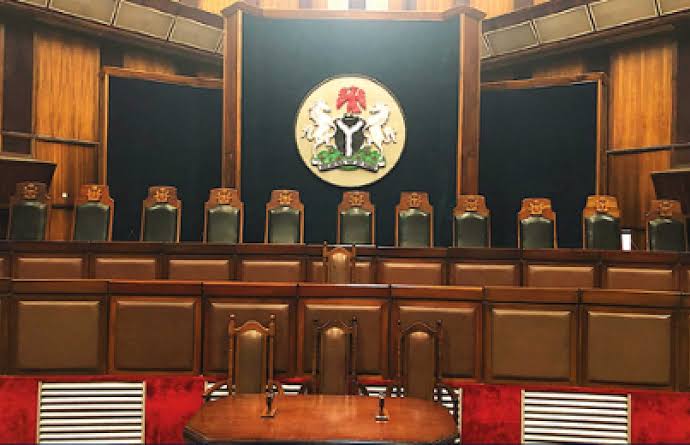AI in African Education: Bridging Gaps and Empowering Teachers
The artificial intelligence (AI) education sector in the Middle East and Africa is set to reach $1.7 billion by 2030, presenting transformative opportunities for education across the continent, particularly in Sub-Saharan Africa where classrooms frequently face student-teacher ratios of 50:1.
AI technology offers unprecedented potential to democratize quality education in Africa, especially in regions where resources are scarce. The technology could revolutionize how teachers deliver instruction and support students, particularly in underserved communities that have historically lacked access to advanced educational tools.
Challenges and Adaptations
Three primary challenges currently impact AI implementation in African education. First, limited internet connectivity across Sub-Saharan Africa necessitates offline-capable solutions and tools that can function with irregular internet access. Second, language diversity requires AI systems to accommodate both English and local languages for effective teaching. Third, educators need dedicated time for training and experimentation with AI tools, especially in resource-limited settings.
Making Technology Accessible
Success in AI integration often comes through familiar technology channels. For example, a WhatsApp-based AI chatbot project in South Africa has proven effective because teachers already use the platform regularly. This approach allows educators to receive immediate support for lesson planning and classroom management through their smartphones.
The Human-Centered Approach
Cambridge’s research, including a report titled ‘Preparing learners to thrive in a changing world’ which surveyed nearly 7,000 teachers and students across 150 countries, revealed that 34% of teachers worry about over-reliance on technology. This finding has influenced the development of implementation strategies that prioritize teacher training and gradual integration over rapid deployment.
Local Innovation and Future Prospects
African teachers are demonstrating remarkable creativity in adapting AI tools to local contexts, incorporating traditional knowledge systems, and developing community-specific approaches. This grassroots innovation suggests that AI implementation in African education will develop uniquely compared to other global regions.
The path forward requires three key elements: increased investment in teacher training, enhanced collaboration with education ministries and local technology innovators, and continued development of infrastructure to address connectivity challenges.
Success in this domain could mean providing every African student access to quality education while supporting teachers with resources that enhance rather than replace their crucial role in the classroom. While AI alone cannot transform African education, it serves as a powerful tool when combined with dedicated educators and appropriate support systems.







Leave a Comment